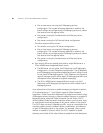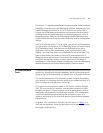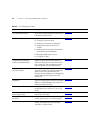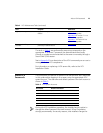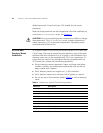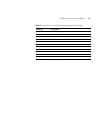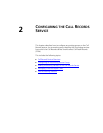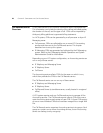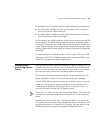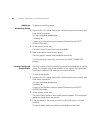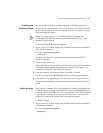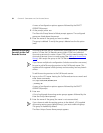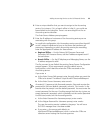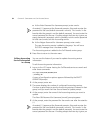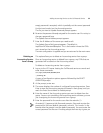
28 CHAPTER 2: CONFIGURING THE CALL RECORDS SERVICE
Call Records Service
Overview
A Call Detail Record (CDR) contains information about a processed call.
This information can include the identity of the calling and called parties,
the duration of the call, and the type of call. CDRs can be imported by
third-party billing platforms to generate billing statements.
In a VCX system, CDRs can be generated by a call processor or by an IP
Messaging server.
■ Call processor CDRs are collected by one or more VCX Accounting
services and then sent to the Call Records service. This chapter
describes how to set up this system.
■ IP Messaging CDRs are generated and collected by the IP Messaging
system. Refer to the IP Messaging Module Operations and System
Administration Guide for information.
Depending on your VCX system configuration, an Accounting service can
run on any of these servers:
■ IP Telephony and Messaging Server
■ IP Telephony Server
■ Call Server
The Accounting service collects CDRs for the server on which it runs,
which then provides the CDRs to the Call Records service.
The Call Records service can run on any of these servers:
■ IP Telephony and Messaging Server
■ IP Telephony Server
■ Call Records Server (a standalone server, usually located in a regional
office)
A VCX system requires only one Call Records service to manage all the
Accounting services. The Call Records service collects CDRs from one or
more Accounting services and creates a Super CDR. A Super CDR consists
of one or more individual CDRs that have been merged into a single XML
file.
The Call Records service organizes Accounting services into groups. Each
group can contain one or more Accounting services, but an Accounting
service can belong to only one group.



